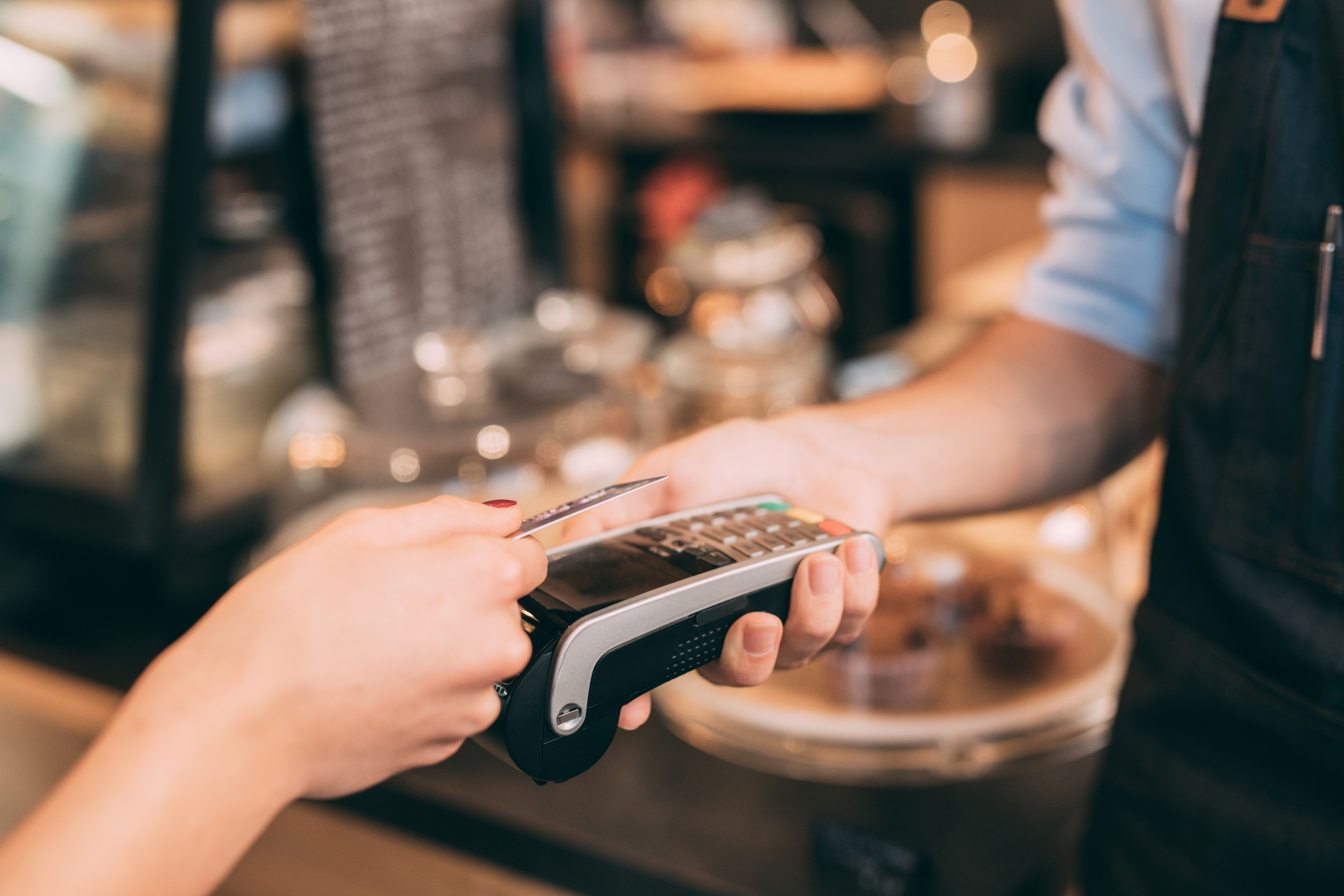Although contactless payments have been around for years, they’re just now starting to gain major traction in the United States. The hygiene concerns associated with the COVID-19 pandemic have caused many consumers to embrace contactless payment methods, but it’s important to remember that contactless isn’t a temporary fad. Let’s discuss the remarkable technology behind these payments!
The Basics of Near Field Communication
Contactless payments are made possible thanks to Near Field Communication (NFC), a short-range wireless technology that enables two devices to remotely communicate with each other. Similar to Bluetooth connectivity and WiFi, NFC works by sending information via radio waves from one NFC-compatible device to another. The device transmitting data, most commonly a smartphone or credit card, is classified as “NFC active” and the device receiving data, usually a payment terminal, is “NFC passive.” In order for these devices to communicate with each other, they need to be held within 4 centimeters of each other.
Modern-day NFC technology was born from Radio Frequency Identification (RFID), which was patented in 1983. Even after RFID was introduced to the world, it took a few years for it to be picked up and tweaked into the NFC technology we know and love today. In 2004, Nokia, Philips, and Sony joined forces to create the NFC Forum, a non-profit dedicated to bringing NFC technology to people around the globe. Without these three influential companies banding together to spread the word about this technology, it’s likely that contactless payments and other NFC-enabled functions wouldn’t be as developed as they are today.
The Future of Payments
Before the pandemic, contactless payments were slowly gaining popularity in America. Fast forward to 2021, and this payment method is quickly becoming the preferred option for many consumers. Despite the slow adoption in the United States prior to COVID-19, countries like New Zealand, Australia, Singapore, Hong Kong, the Phillippines, and many European countries have been using and loving this payment method for years! The world is going contactless for a multitude of reasons:
- Hygiene: Contactless payments are more hygienic. In fact, the Centers for Disease Control and Prevention (CDC) strongly recommends utilizing contactless payments whenever possible since it will help prevent the spread of disease.
- Security: Simply put, contactless payments are significantly safer than the outdated magnetic stripe payment method. In order to complete a contactless transaction, a unique one-time code is generated and sent to the payment terminal. The code doesn’t contain any card information so even if it’s compromised, hackers aren’t able to make any further purchases using it.
- Faster: While chip payments are just as secure as contactless payments, they take longer to process. To be exact, contactless transactions take about half the time of a chip transaction.
Contact Us Today
Offering contactless payments improves your checkout experience significantly. Contact us today to learn about our contactless solutions designed for merchants!







